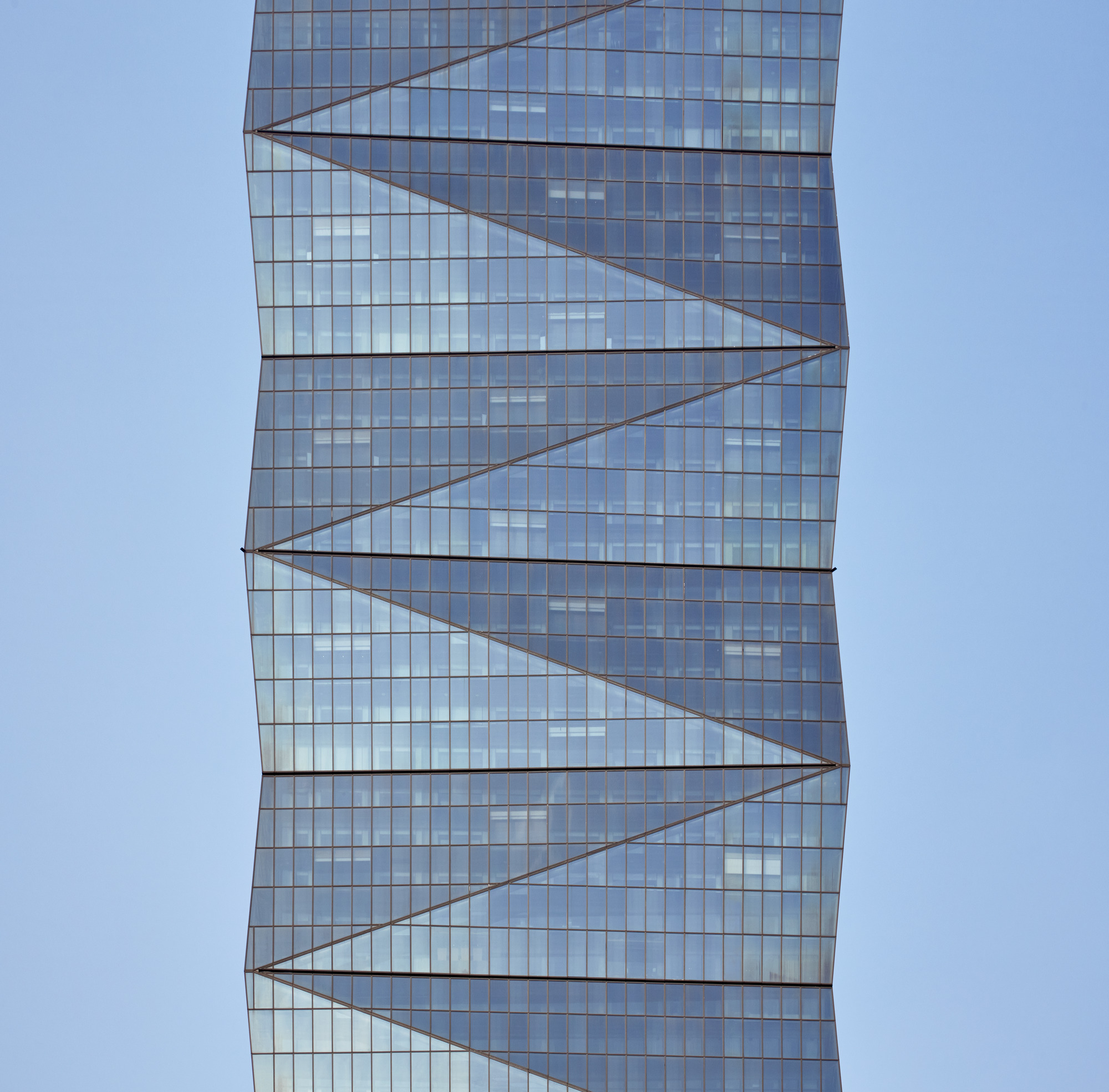SolarShoeBox, Passive Solar Interface for EnergyPlus
Troy Peters, Assistant Professor Architecture
Email: tnpeters@calpoly.edu
Abstract
Architects who want do design sustainable, green and energy efficient buildings frequently find it difficult or too time consuming to use and learn building simulation software. Building simulation software should be designed to be easy to use in the early stages of a building design. This early design phase is the time when the greatest impact can be made on the energy use of the building. A tool that helps make crucial decisions at the very beginning of the process would then have the greatest impact.
Topic and Activities
To address the shortcomings of integrating building simulation in architectural design and to make it more appealing to architects, a simple interface to EnergyPlus was developed. This interface models a simple rectangular building that is passively heated by direct gain and cooled by ventiltion. A simple photovoltaic interface was also added to supply fan energy enabling an architect to create a Zero Carbon building at the beginning of the design process.
This tool, named SolarShoeBox has an OpenGL modeler for visualization and uses EnergyPlus for calculations. EnergyPlus is a new generation energy simulation program developed by the U.S. Department of Energy but it does not have a graphical interface. The new interface runs on a full year simulation and graphs the results. The results are reported in a yearly graph that shows the outdoor and indoor temperature. The indoor temperature range is based on adaptive comfort level.
Proposed Products/Outcomes
A prototype that works on a Macintosh computer is running now but needs to be fine-tuned. A Macintosh version of SolarShoeBox with interactive help will be completed by the end of summer and a Windows version will be started. The programming will be done in RealBasic allowing application to be ported to Windows and Linux with some effort. A Windows port will increase the potential user base substantially.
Actual Products and Outcomes
A Help/Tutorial panel was added to SolarShoeBox that reads "html" folders from a local disk, but in the future these files will be on the internet so they can easily be updated. The Macintosh version has been completed and additional modules have been added to calculate daylighting and to display a windrose and solar path. The interface has been updated to be more integrated with fewer separate windows. An interactive shading display was added to aid in shading device design. I am writing a paper on this feature since it is innovative in the way that it works.
At the end of the summer, a new version of Energyplus was released which required SolarShoeBox to be modified. These modifications have been completed.
A Windows version of SolarShoeBox has been started but the interface stil needs to be fine-tuned and links to launch Energyplus have to be completed.
I would like to thank the PDCI committee for enabling me to work on this software over the summer of 2010 and look forward to presenting the results to a larger audience.
Related Content
|
|



